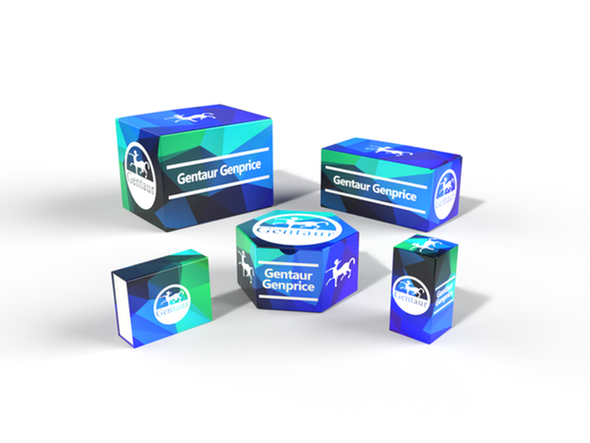Description
BAIAP2L1 Polyclonal Antibody | E-AB-18531 | Gentaur UK, US & Europe Distribution
Type: Polyclonal Antibody
Synonyms: BAI1 associated protein 2 like 1, BAI1 associated protein 2 like protein 1, BAI1-associated protein 2-like protein 1, Baiap2l1, BI2L1, Brain specific angiogenesis inhibitor 1 associated protein 2 like protein 1, Brain-specific angiogenesis inhibitor 1-associated protein 2-like protein 1, FLJ42275, Insulin receptor tyrosine kinase substrate, IRTKS
Application: WB, IHC, ELISA
Reactivity: Human, Mouse, Rat
Host: Rabbit
Isotype: IgG
Reserch Areas: Signal Transduction
Background: This gene encodes a member of the IMD (IRSp53/MIM homology domain) family. Members of this family can be subdivided in two groups, the IRSp53-like and MIM-like, based on the presence or absence of the SH3 (Src homology 3) domain. The protein encoded by this gene contains a conserved IMD, also known as F-actin bundling domain, at the N-terminus, and a canonical SH3 domain near the C-terminus, so it belongs to the IRSp53-like group. This protein is the substrate for insulin receptor tyrosine kinase and binds to the small GTPase Rac. It is involved in signal transduction pathways that link deformation of the plasma membrane and remodeling of the actin cytoskeleton. It also promotes actin assembly and membrane protrusions when overexpressed in mammalian cells, and is essential to the formation of a potent actin assembly complex during EHEC (Enterohemorrhagic Escherichia coli) pedestal formation.
Concentration: 0.7 mg/mL
Storage: Store at -20°C. Avoid freeze / thaw cycles.
Immunogen: Fusion protein of human BAIAP2L1
Buffer: PBS with 0.05% NaN3 and 40% Glycerol, pH7.4
Purification Method: Antigen affinity purification
Dilution: WB 1:1000-1:5000, IHC 1:30-1:150, ELISA 1:5000-1:10000
Clone: N/A
Conjugation: Unconjugated
Molecular Weight(Calculated): 57 kDa
Molecular Weight(Observed): Refer to figures






